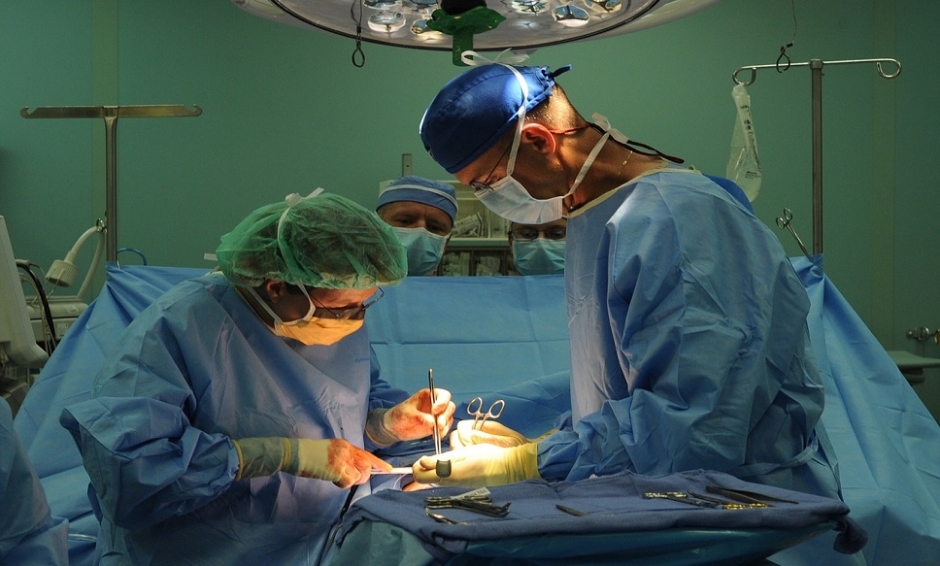Disclaimer: The information provided in this article does not imply endorsement of third-party services or products and cannot provide you with health and medical advice. No relevant financial relationship exists between the European Medical Journal and Merivaara.
A NEW operating table has been developed by Merivaara, Lahti, Finland, which should assist surgeons in undertaking a wide variety of surgical procedures. The enhanced Practico model, which has been in development for 2 years, includes a number of features that make it highly adaptable, enabling procedures to be carried out efficiently.
Flexibility and Strength
The new table can reach a height of 1,143 mm and can go down to 540 mm, one of the lowest levels in the market. This allows increased comfort for older patients and enables surgeons to place the patient exactly where they want them. In addition to the tilt angle, Trendelenburg angle, and angles for both the back and leg sections, the table is able to handle a vast amount of weight: 280 kg.
Accessibility
The table is specifically designed for humans to work around it, enabling a surgeon to stand right next to the table due to the deep cut outs on the side of the very compact base. The base allows for fast and easy cleaning between procedures; it is tapered so that fluids run off and the screws are hidden, preventing dirt traps.
Use of the C-arm
The designers have acknowledged the increasing use of the C-arm for imaging and so this is also a key feature of the product. Mr Jyrki Nieminen, R&D Director, Merivaara, stated: “Hospitals and clinics are increasingly using the C-arm for imaging, so we designed the Practico to give you the best access. The collaboration between an operating table and C-arm has never been this easy before.”
Smart Technology
Another important aspect is the smart technology that has been utilised, which includes a safety sensor automatically stopping movement of the table when the leg section touches the base, and a hand control with an intuitive user interface and several memory positions.
Mr Nieminen added: “Customers have been asking for a table like this for years. It has been in development for two years and we have received amazing feedback regarding the design, aesthetics, and technical specifications.”
James Coker, Reporter
For the source and further information about this product, click here.








